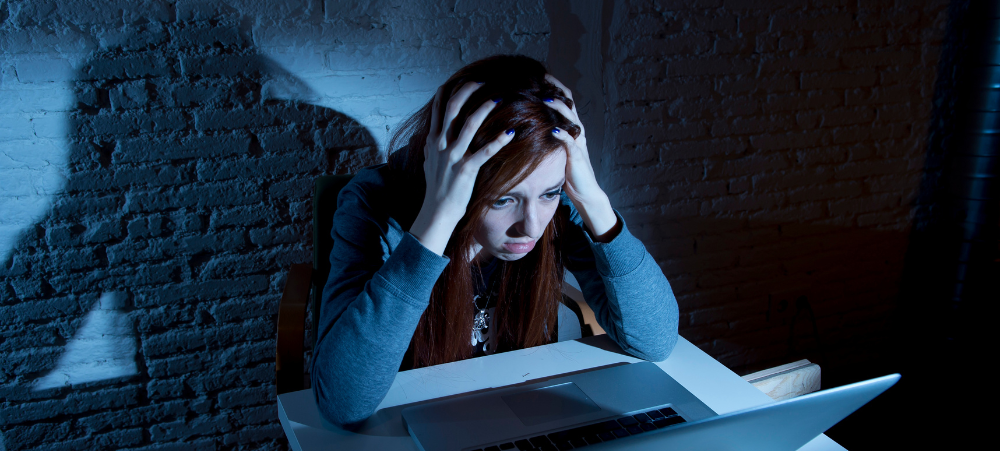Bullies have always existed. However, in the digital age, the bullying we are seeing is worse than ever before. This is largely for two reasons: firstly, before we all had smartphones, a victim of bullying could go home from school and have some sort of break. Now, bullying is round the clock. Secondly, the type of content being shared is troubling as people say things behind a screen that they would never say to someone’s face. Moreover, the consequences of cyberbullying are more prevalent – in South Africa, we are seeing increased incidences of depression, anxiety and behaviour related to self-harm and even suicide as a direct result of cyberbullying.
When it comes to cyberbullying, anonymity is the root of all evil – people seem to think they can get away with saying whatever they want when they hide behind the veil of online anonymity. We are seeing the worst kinds of bullying taking place on anonymous apps such as Qooh.me or through anonymous profiles created on apps such as Instagram. We are seeing a lot of naming and shaming, direct personal attacks, slut shaming, fat shaming, pressuring others to send nudes, and revenge pornography.
Although terrible content is shared on anonymous platforms, the truth is that any platform can be open to abuse. Some platforms are simply better than others at removing offensive content.
What to do if you are being bullied
If YOU are being bullied:
- Tell a trusted adult (a parent, guardian or teacher).
- Take screenshots to keep as evidence.
- BLOCK the bully.
If you are aware that someone else is being bullied:
- Don’t join in (this includes commenting and sharing harmful content) and leave a WhatsApp group that hosts abusive content.
- Report bullying to a trusted adult (a parent, guardian or teacher).
What legal options are available if you are being bullied?
- If you know the identity of the bully, and the bullying is sufficiently severe to the extent that it can be said to cause you mental, emotional or psychological harm (or inspire the belief that harm could be caused), one mechanism available is to apply for a Protection Order under the Protection from Harassment Act.
- Almost all social media platforms have a reporting function that allows the possibility for damaging content to be removed.
- Finally, the Cybercrimes Bill, which will hopefully become law soon, has codified a lot of crimes relating to online activities. Specifically, its chapter on malicious communications criminalises the creation or distribution of “a data message” that incites the causing of any damage to property belonging to, or violence against, a person or group of persons which is harmful or intimate in nature, and which is distributed without the consent of the person involved. This would include a lot of content that we are loosely defining as cyberbullying.





